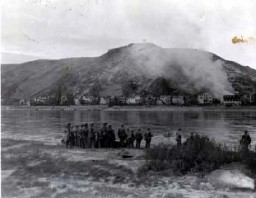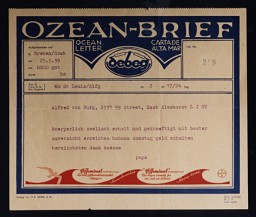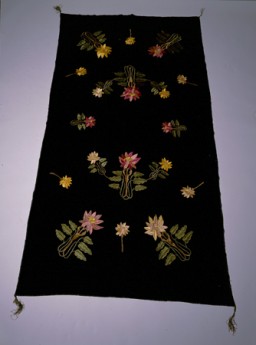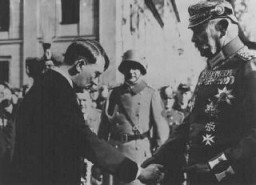You searched for: 也門竞价排名推广【TG飞机:@bapingseo】德国youtube开户【TG电报:@bapingseo】脸书代竞价推广【Telegram:@bapingseo】六月天斗地主5m的天天捕鱼规则鑫亿彩网址真金扑克牌?5DeVJ2/293761.html
<< Previous | Displaying results 71-80 of 245 for "也門竞价排名推广【TG飞机:@bapingseo】德国youtube开户【TG电报:@bapingseo】脸书代竞价推广【Telegram:@bapingseo】六月天斗地主5m的天天捕鱼规则鑫亿彩网址真金扑克牌?5DeVJ2/293761.html" | Next >>
-
Jews liberated from the Gęsiówka camp during the Warsaw uprising
PhotoA member of the Zoska battalion of the Armia Krajowa escorts two of 348 Jews liberated from the Gęsiówka concentration camp during the Warsaw Polish uprising. August 5, 1944.

-
The 65th Infantry Division during World War II
ArticleThe 65th Infantry Division participated in major WWII campaigns and is recognized for liberating a subcamp of Flossenbürg in 1945.
-
Berlin-Marzahn (camp for Roma)
ArticleThe Berlin-Marzahn camp was established a few miles from Berlin's city center, for the detention of Roma, on the eve of the 1936 summer Olympics.

-
Insignia of the 89th Infantry Division
PhotoInsignia of the 89th Infantry Division. The 89th Infantry Division's nickname, the "Rolling W," is based on the division's insignia. Created during World War I, this insignia utilized a letter "M" inside a wheel. When the wheel turns, the "M" becomes a "W." The letters "MW" signify the mid-west origin of the troops who formed the 89th during World War I. The division was also known as the "Middle West" division, another variation on its origin.

-
The 89th Infantry Division during World War II
ArticleThe 89th Infantry Division participated in major WWII campaigns and is recognized for liberating the Ohrdruf subcamp of Buchenwald in 1945.

-
Radiogram from Moritz Schoenberger on the "St. Louis"
DocumentOn May 25, 1939, artist Moritz Schoenberger sent this radiogram (a telegram sent by radio) from the ocean liner "St. Louis" during the voyage from Hamburg, Germany, to Havana, Cuba. On this voyage, the "St. Louis" carried over 900 Jewish refugees fleeing Nazi persecution. The telegram reads, in part, "Physically and spiritually recovered and invigorated most confident about reaching Havana Saturday. Money received. Many thanks. Kisses. Papa." Schoenberger's optimism proved unfounded. Cuban authorities…

-
Wool Bedcover
ArtifactFollowing the Soviet occupation of Lithuania, the Lifszyc family began to search for ways to leave the country. David Lifszyc obtained a Curacao visa from the Dutch consulate. He also obtained an American visa because he was included on a list of distinguished rabbis submitted to the State Department by the Agudat Israel of America. After obtaining Soviet exit visas, the Lifszycs purchased tickets for Vladivostok on February 5, 1941. They started for Moscow, where they received Japanese transit visas. This…

-
Beifeld album page illustrating fortifications and first fatality
Artifact(Bottom) View of fortifications built at Kalimovka to defend the advancing troops of the 4th Infantry Division of the Hungarian 2nd Army. In the lower right corner of the drawing, men prepare the grave of Jewish Labor Serviceman Nandor Klein, the first fatality of the company. The Hungarian caption reads: The death of our first hero, Nandor Klein, his grave, June 5, 1942." Klein was killed by a stray Soviet bullet on his way back to base. [Photograph #58013]

-
Adolf Hitler greets Paul von Hindenburg
PhotoRecently appointed as German chancellor, Adolf Hitler greets President Paul von Hindenburg in Potsdam, Germany, on March 21, 1933. This pose was designed to project an image of Hitler as non-threatening to the established order. This particular image is from a popular postcard. The photo also appeared widely in both the German and international press. Hitler appears in civilian dress, bowing in deference to the heavily decorated von Hindenburg. The March 5, 1933, elections had conferred legitimacy on…

-
Auschwitz I camp, 1944
MapSelected Features 1. Camp Commandant's House 2. Main Guard House 3. Camp Administrative Office 4. Gestapo 5. Reception Building/Prisoner Registration 6. Kitchen 7. Gas Chamber and Crematorium 8. Storage Buildings and Workshops 9. Storage of Confiscated Belongings 10. Gravel Pit: Execution Site 11. Camp Orchestra Site 12. "Black Wall" Execution Site 13. Block 11: Punishment Bunker 14. Block 10: Medical Experiments 15. Gallows 16. Block Commander's Barracks 17. SS Hospital

